Delta-Gluconolactone
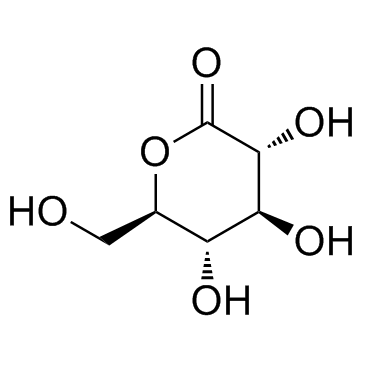
Delta-Gluconolactone structure
|
Common Name | Delta-Gluconolactone | ||
|---|---|---|---|---|
| CAS Number | 90-80-2 | Molecular Weight | 178.140 | |
| Density | 0.6 | Boiling Point | 230.35°C | |
| Molecular Formula | C6H10O6 | Melting Point | 151-155 ºC | |
| MSDS | Chinese USA | Flash Point | 192.3±20.3 °C | |
Use of Delta-GluconolactoneD-(+)-Glucono-1,5-lactone is a polyhydroxy (PHA) that is capable of metal chelating, moisturizing and antioxidant activity. |
| Name | D-glucono-1,5-lactone |
|---|---|
| Synonym | More Synonyms |
| Description | D-(+)-Glucono-1,5-lactone is a polyhydroxy (PHA) that is capable of metal chelating, moisturizing and antioxidant activity. |
|---|---|
| Related Catalog | |
| Target |
Human Endogenous Metabolite |
| In Vitro | D-(+)-Glucono-1,5-lactone is a lactone (cyclic ester) of D-gluconic acid. D-(+)-Glucono-1,5-lactone is commonly found in honey, fruit juices, personal lubricants, and wine. D-(+)-Glucono-1,5-lactone is neutral, but hydrolyses in water to gluconic acid which is acidic, adding a tangy taste to foods, though it has roughly a third of the sourness of citric acid. It is metabolized to glucose; one gram of D-(+)-Glucono-1,5-lactone yields roughly the same amount of metabolicenergy as one gram of sugar. Upon addition to water, GDL is partially hydrolysed to gluconic acid, with the balance between the lactone form and the acid form established as a chemical equilibrium. The rate of hydrolysis of D-(+)-Glucono-1,5-lactone is increased by heat and high pH[1]. |
| References |
| Density | 0.6 |
|---|---|
| Boiling Point | 230.35°C |
| Melting Point | 151-155 ºC |
| Molecular Formula | C6H10O6 |
| Molecular Weight | 178.140 |
| Flash Point | 192.3±20.3 °C |
| Exact Mass | 178.047745 |
| PSA | 107.22000 |
| LogP | -2.38 |
| Vapour Pressure | 0.0±2.4 mmHg at 25°C |
| Index of Refraction | 1.608 |
| InChIKey | PHOQVHQSTUBQQK-SQOUGZDYSA-N |
| SMILES | O=C1OC(CO)C(O)C(O)C1O |
| Water Solubility | 500 g/L (20 ºC) |
CHEMICAL IDENTIFICATION
HEALTH HAZARD DATAACUTE TOXICITY DATAMUTATION DATA
|
| Personal Protective Equipment | Eyeshields;Gloves;type N95 (US);type P1 (EN143) respirator filter |
|---|---|
| Hazard Codes | Xn: Harmful;Xi: Irritant; |
| Risk Phrases | R21 |
| Safety Phrases | S24/25 |
| RIDADR | NONH for all modes of transport |
| WGK Germany | 3 |
| RTECS | LZ5184000 |
| HS Code | 2932999099 |
| Precursor 10 | |
|---|---|
| DownStream 10 | |
| HS Code | 2932999099 |
|---|---|
| Summary | 2932999099. other heterocyclic compounds with oxygen hetero-atom(s) only. VAT:17.0%. Tax rebate rate:13.0%. . MFN tariff:6.5%. General tariff:20.0% |
|
The EpiOcular Eye Irritation Test (EIT) for hazard identification and labelling of eye irritating chemicals: protocol optimisation for solid materials and the results after extended shipment.
Altern. Lab. Anim. 43 , 101-27, (2015) The 7th Amendment to the EU Cosmetics Directive and the EU REACH Regulation have reinforced the need for in vitro ocular test methods. Validated in vitro ocular toxicity tests that can predict the hum... |
|
|
Metabolomic profiles delineate potential role for sarcosine in prostate cancer progression.
Nature 457(7231) , 910-4, (2009) Multiple, complex molecular events characterize cancer development and progression. Deciphering the molecular networks that distinguish organ-confined disease from metastatic disease may lead to the i... |
|
|
Dehydrodipeptide Hydrogelators Containing Naproxen N-Capped Tryptophan: Self-Assembly, Hydrogel Characterization, and Evaluation as Potential Drug Nanocarriers.
Biomacromolecules 16 , 3562-73, (2015) In this work, we introduce dipeptides containing tryptophan N-capped with the nonsteroidal anti-inflammatory drug naproxen and C-terminal dehydroamino acids, dehydrophenylalanine (ΔPhe), dehydroaminob... |
| D-Gluconolactone |
| EINECS 202-016-5 |
| δ-Gluconolactone |
| (3R,4S,5S,6R)-3,4,5-Trihydroxy-6-(hydroxymethyl)tetrahydro-2H-pyran-2-one |
| D-Gluconic acid-1,5-lactone |
| D-Glucono-1,5-lactone |
| D-Glucono-d-lactone |
| gluconolactone |
| D-Gluconic acid 1,5-lactone |
| d-gluconic acid d-lactone |
| Delta-Gluconolactone |
| Gluconic acid lactone |
| δ-Gluconic acid d-lactone |
| δ-Gluconic acid δ-lactone |
| MFCD00006647 |
| Glucono δ-lactone |
| D-Gluconic acid lactone |
| D-Gluconic acid, δ-lactone |
| D-(+)-Glucono-1,5-lactone |
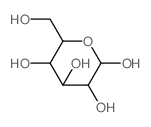 CAS#:2280-44-6
CAS#:2280-44-6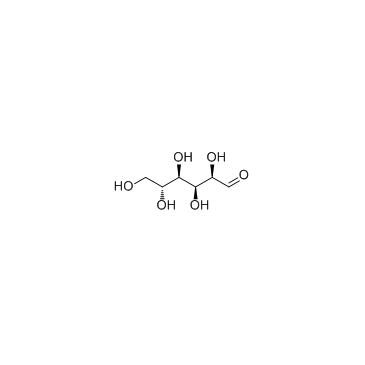 CAS#:50-99-7
CAS#:50-99-7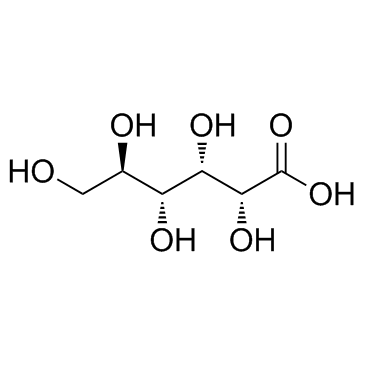 CAS#:526-95-4
CAS#:526-95-4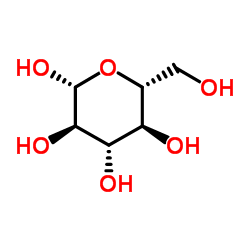 CAS#:492-61-5
CAS#:492-61-5 CAS#:7440-06-4
CAS#:7440-06-4 CAS#:7440-05-3
CAS#:7440-05-3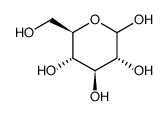 CAS#:492-62-6
CAS#:492-62-6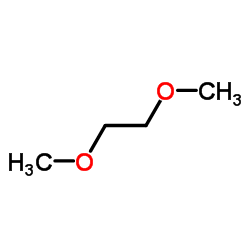 CAS#:110-71-4
CAS#:110-71-4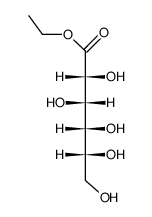 CAS#:74421-63-9
CAS#:74421-63-9 CAS#:71-36-3
CAS#:71-36-3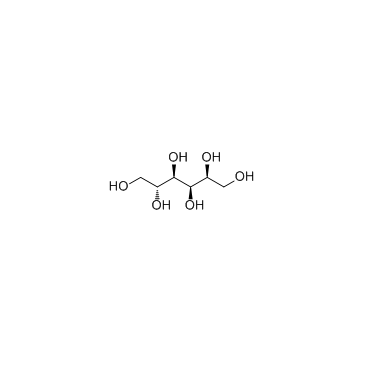 CAS#:50-70-4
CAS#:50-70-4 CAS#:18375-65-0
CAS#:18375-65-0 CAS#:18375-57-0
CAS#:18375-57-0 CAS#:18375-64-9
CAS#:18375-64-9 CAS#:18375-61-6
CAS#:18375-61-6![methyl 2-(hydroxymethyl)-3,5,8,10-tetraoxabicyclo[4.4.0]decane-7-carboxylate structure](https://image.chemsrc.com/caspic/329/27934-92-5.png) CAS#:27934-92-5
CAS#:27934-92-5 CAS#:24758-69-8
CAS#:24758-69-8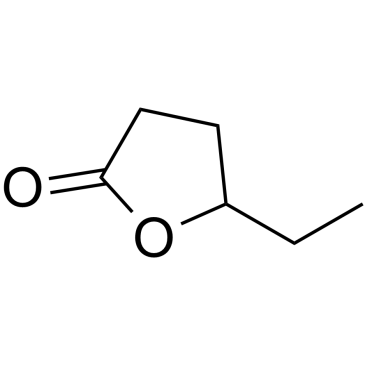 CAS#:695-06-7
CAS#:695-06-7 CAS#:13149-68-3
CAS#:13149-68-3
